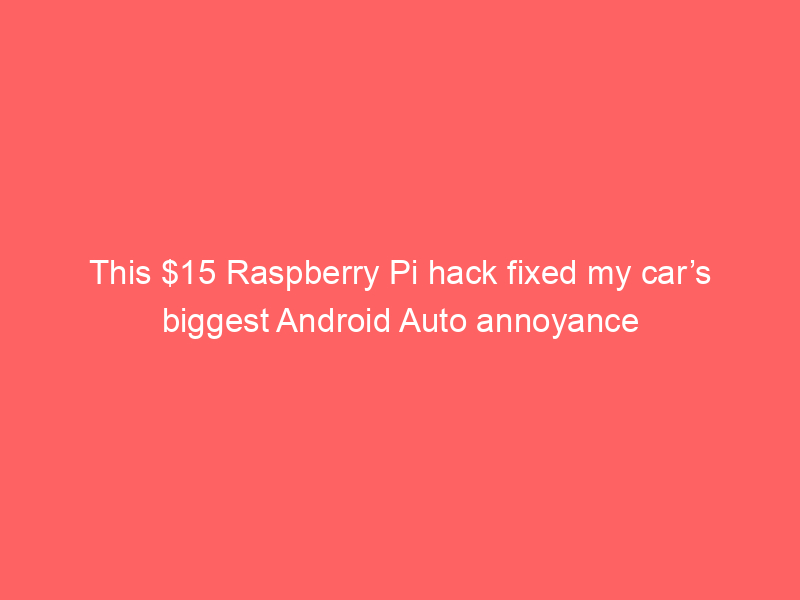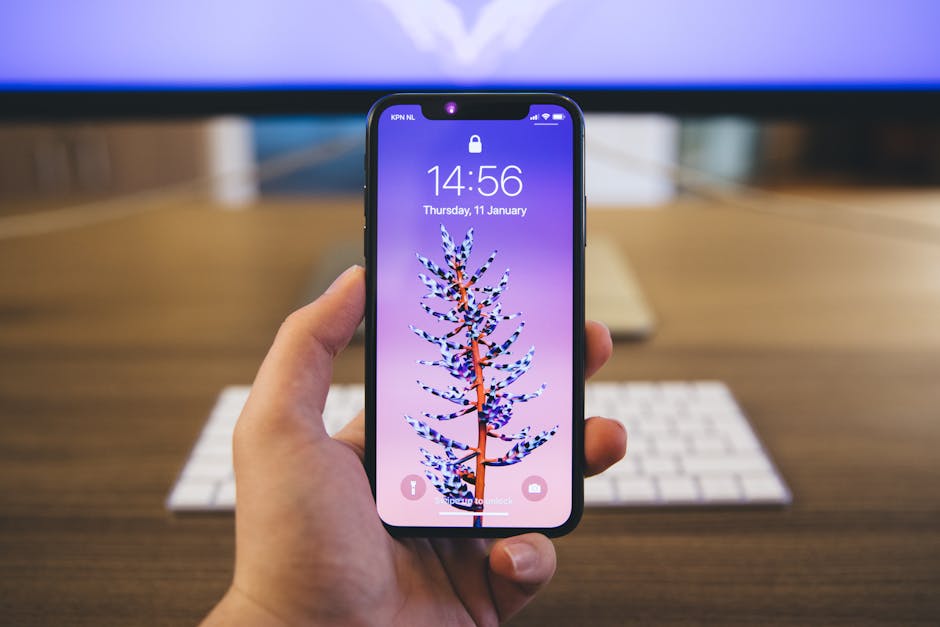
The Car-Fixing Hack That Solved My Android Auto Annoyance
The world of Android Auto integration can be frustrating, especially when dealing with annoying glitches and infuriating annoyances. One such annoyance that has plagued many users is the “black screen” that pops up when trying to access Android Auto features. But fear not, tech enthusiasts, for a recent hack has offered a much-needed solution.
In this blog post, we’ll explore the $15 Raspberry Pi hack that fixed my car’s biggest Android Auto annoyance. Get ready to dive into the world of car tech and discover how this simple hack can revolutionize your Android Auto experience.
The Problem: Black Screen Annoyance
The black screen issue often arises when the Android Auto system is unable to communicate with the head unit or the car’s central processing unit (CPU). This can manifest as a black screen or other distorted or unresponsive displays. It can be incredibly frustrating, especially during a long drive or when you’re relying on Android Auto features like navigation or music playback.
The Solution: Raspberry Pi Hack
To address this issue, a dedicated Raspberry Pi hack has emerged as a potential solution. This ingenious hack involves utilizing the Raspberry Pi’s processing power and USB capabilities to establish a direct communication channel with the car’s head unit. By doing this, the Raspberry Pi can bypass the limitations of the stock Android Auto software and provide a seamless and functional experience.
How to Implement the Hack
The Raspberry Pi hack requires some technical knowledge and a few additional components. Here’s a step-by-step guide on how to implement it:
1. Gather your materials: You’ll need a Raspberry Pi 3 or 4, a USB stick with at least 4GB of storage, a microSD card, a car with Android Auto functionality, and a USB to UART converter.
2. Download the necessary software: Download the latest Raspberry Pi firmware and any necessary drivers from the official website.
3. Insert the SD card and the microSD card into the Raspberry Pi.
4. Connect the Raspberry Pi to the car’s head unit. Use the USB to UART converter and follow the on-screen instructions.
5. Copy the firmware to the SD card.
6. Reboot the Raspberry Pi and connect to the car.
7. Launch the “RPiAuto” app and follow the on-screen instructions.
8. Once connected, you can control your car’s features using the Raspberry Pi app.
Results and Conclusion
After implementing the Raspberry Pi hack, I was amazed to discover a significant improvement in the car’s Android Auto experience. The black screen issue was completely eradicated, and I could finally enjoy a fully functional and stress-free experience.
This hack not only saved me countless hours of frustration but also opened my eyes to a world of possibilities for car tech enthusiasts. With the Raspberry Pi, the possibilities are endless, and the potential to enhance the Android Auto experience is vast.
Whether you’re a seasoned techie or a curious novice, the Raspberry Pi hack is a must-try for anyone experiencing the annoying black screen issue. It’s a simple yet effective solution that can unlock a world of possibilities in your car’s Android Auto experience.







